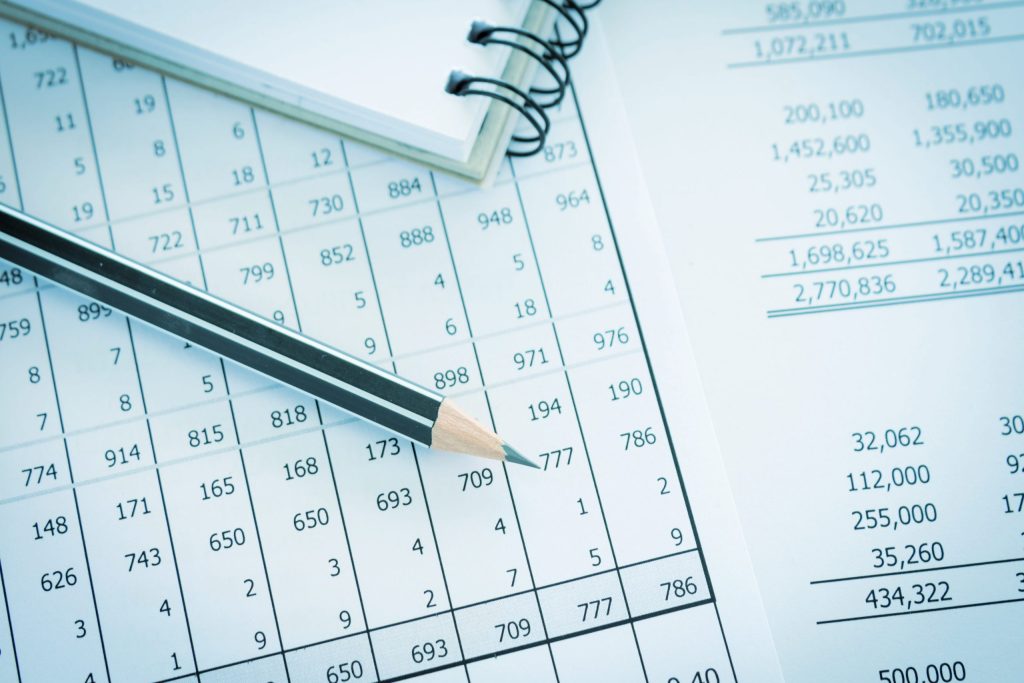Every company, regardless of its size or trading status, needs to have a set of accounts which detail information relating to its finances. Company accounts consist of a set of financial documents and are required to be submitted by law each year to Companies House. Businesses also need to file their corporation tax return to HMRC on an annual basis.
Understanding your company accounts is imperative to running a successful business but many business owners, particularly those involved in new ventures or start-ups, can be overwhelmed by the jargon and the different types of documents that need to be included.
But with our expert guide, you’ll discover:
- What documents your company accounts should consist of
- How to read your business accounts
- Why you should have a good understanding of bookkeeping within your business
- Deadlines on filing company accounts
- The process of filing your accounts with Companies House
What are company accounts?
Limited company accounts need to include four main documents within their files. These are:
- Profit and loss or income and expenditure account
- Balance sheet
- Notes
- Director’s report
The profit and loss account essentially provides information on whether your company has made a profit, suffered a loss or has broken even during that year. If a company is a not-for-profit organisation, it should provide an income and expenditure account instead, detailing the income and outgoings of the business.
A company balance sheet states a business’s assets, liabilities and equities in a certain timeframe. This statement is useful in working out how much a business is worth at any given point.
Notes should be provided with comments relating to the accounts and are a key factor in analysing and understanding company finances.
A signed director’s report should detail information relating to the health of the company’s finances, the performance of the business, whether it has the potential to expand and its compliance with financial regulations. An auditor’s report is also sometimes needed as part of the company accounts when sending to HMRC and Companies House.
Some small companies can be exempt from filing an auditor’s report and a profit and loss account, however, providing two of the following apply:
- The business has 50 or fewer employees
- The company assets are worth £5.1 million or less
- The business has an annual turnover of £10.2 million or less
It’s not a legal requirement to have an accountant prepare your company accounts – however, many businesses choose to get the help of an expert to prevent errors and to save time. If you’re unsure of the process, it’s a good idea to consult a professional to ensure that you’re in keeping with the regulations.
With monthly Pulse snapshots, you’ll get actionable insights for your business that will undoubtedly help your accountant in everything they do for your organisation.
How to read company accounts
A profit-and-loss statement will be broken down into categories which detail your company’s revenue, expenditure and therefore your profits (or losses). As an example, a profit-and-loss statement for a company might list turnover, operating expenses, cost of sales, administrative costs, gross profit and net profit (minus all expenses). This will clearly show whether a business is operating at a profit – and, if so, how much – or whether it’s operating at a loss.
It might be stating the obvious, but a company’s accounts on the balance sheet must be balanced, and assets should be equal to liabilities plus equity. This accounting equation can be shown in three different ways:
Assets = Liabilities + Equity
Liabilities = Assets – Equity
Equity = Assets – Liabilities
An asset refers to anything that the company owns, a liability is something that a company owes, and equity is effectively the remaining sum of what’s left once any debt is taken care of.
Analysing your company’s profit-and-loss statement and balance sheet can give great insight into how well your business is performing and help to identify any particular areas that may need attention.
Why is it important to understand your company accounts?
Understanding bookkeeping is not just about knowing what to include when filing your accounts with Companies House. Having a good grasp of your company accounts is crucial to the overall running and success of your business. Here are a few reasons why you should aim to fully understand your accounts:
- They will give you a good overview of how well your business is performing and give you something tangible to track year-on-year.
- Accounts can help you to identify areas where you might need to budget due to increasing overheads or supplier costs, for example.
- Analysing your company accounts can highlight potential growth or investment opportunities, allowing you to expand your business or progress into other areas.
- Having a thorough understanding of your business’s expenditure can help you to prepare for any unexpected situations that may impact your company, limiting the risk and, in turn, any profit loss.
It’s a good idea, when filing your accounts, to also take the opportunity to assess your business’s financial health and take note of any key areas on which to focus for the upcoming financial year.
When do company accounts have to be filed?
The date by which a business’s first set of accounts must be filed depends on the type of company. For private companies, they must be filed within 21 months of the date of registration, whereas public companies need to file their accounts within 18 months of the date of registration. Alternatively, they should be filed three months from the accounting reference date if this is longer.
It’s important to be aware that filing your accounts late will likely result in a Companies House penalty. The actual amount fined will depend on the type of company (public or private limited) and how late the accounts are, but the cost can reach £7,500 for a public limited company that’s over six months late in filing.
Limited companies that are audit-exempt can also file a corporation tax return at the same time as Companies House accounts, making the process easier.
How to file company accounts
The easiest way to file your accounts, through Companies House and HMRC, is online. You’ll need to register for both services separately, although small companies are usually able to submit both at the same time.
There are multiple accounting software systems that you can use to file your accounts so you can choose one that suits your business and your account requirements. Many companies select an accountant to carry out their filing, though you can decide to submit them yourself.
Companies House does allow businesses to file paper accounts through the post, but this method will generally take longer to process. However, businesses must use the online system to submit their tax return to the HMRC.
Tackle your business finances with ease
Now you’ve mastered your all-important company accounts, why not check out our blog hub for even more expert tips and guides on tackling your business finances and understanding cash flow? You can also contact our friendly team here at Pulse for more advice or information.

















